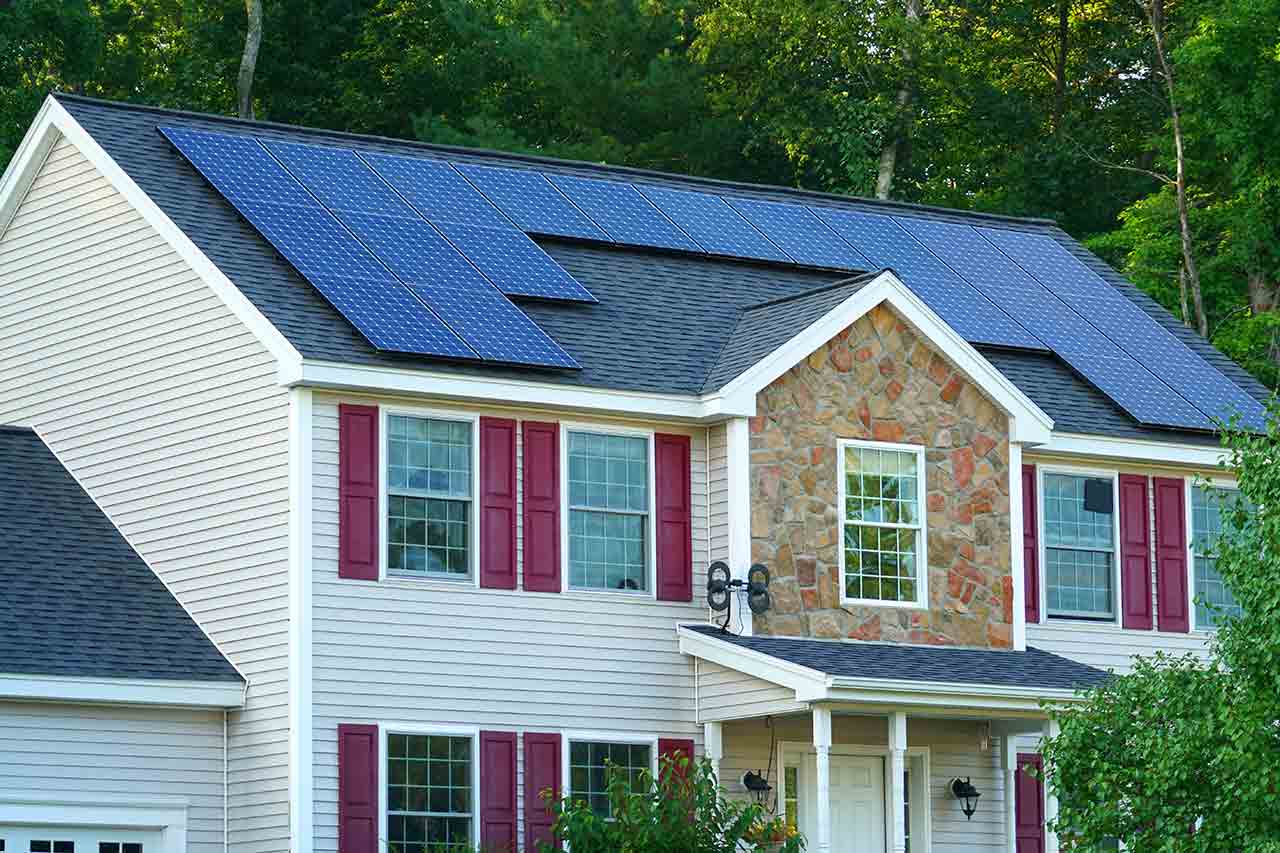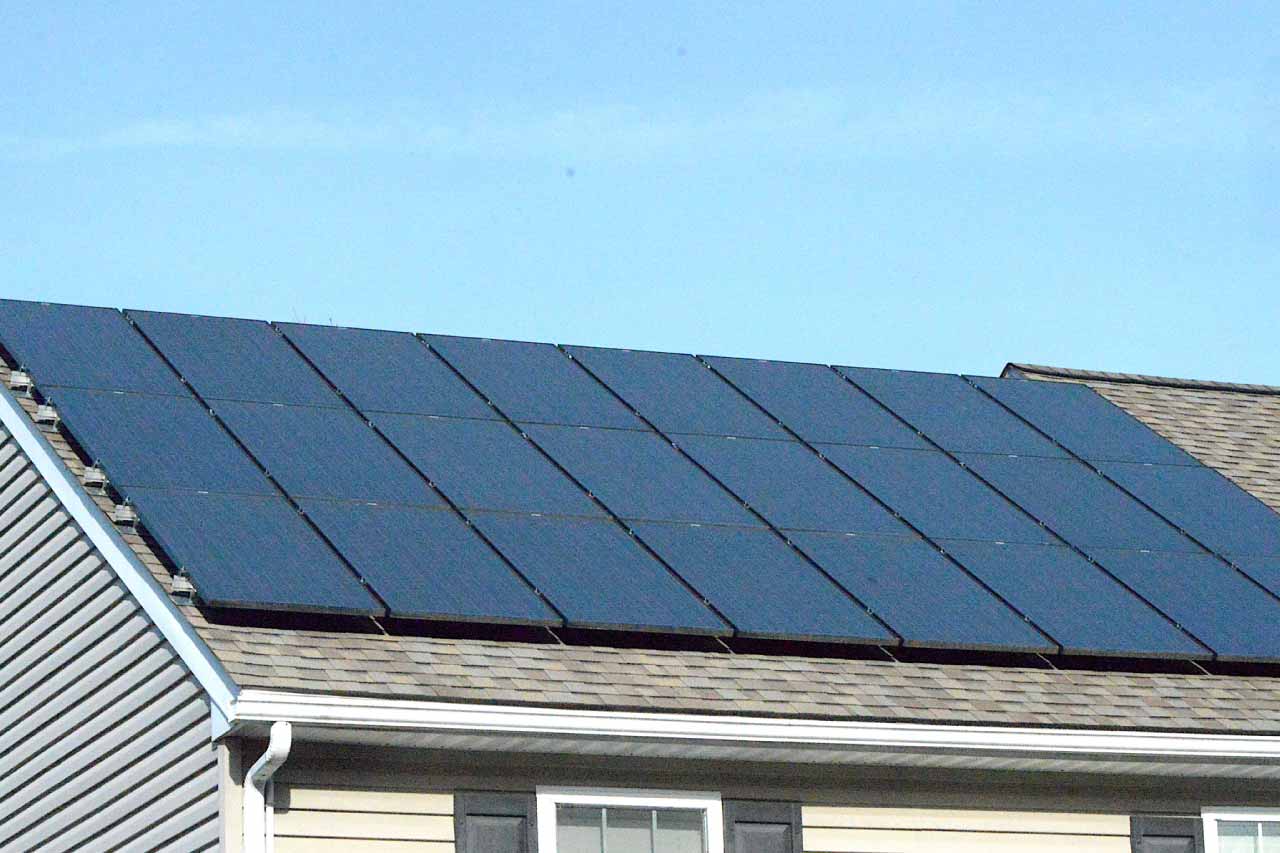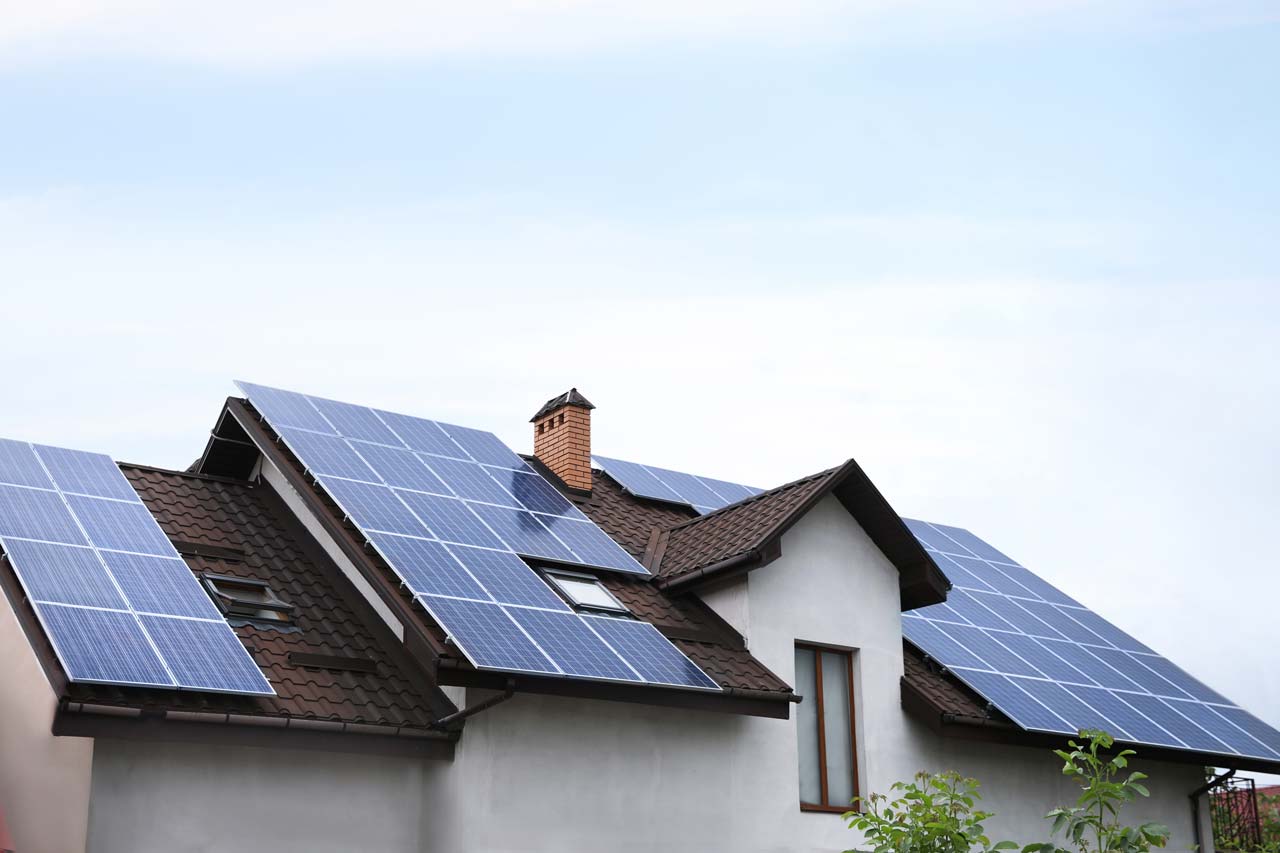How Much Does a Home Solar Battery Cost in 2025?
Home solar batteries cost an average of $10,000


Most solar battery storage systems cost $10,000 on average, with most ranging between $6,000 and $12,000.
Prices range from $400 for small units to over $20,000 for larger systems.
Key cost factors include battery type, capacity, installation labor, and additional equipment.
Investing in a solar battery system provides backup power during outages and increases energy independence.
Hiring a professional ensures proper installation and maximizes the system's efficiency.
This article was updated using automation technology and thoroughly reviewed for accuracy by HomeAdvisor Editor Ryan Noonan.
Most homeowners spend between $6,000 and $12,000, or $10,000 on average, on a solar battery storage system, with prices ranging from $400 for small units to over $20,000 for larger systems. Factors like location, system size, and quality play a big role in the overall cost. Hiring a professional installer is essential to ensure your system operates efficiently and meets your energy needs.
Solar Battery Storage System Cost Factors
Many factors impact how much you'll pay for your solar storage batteries. The key factor is whether you have the batteries installed as part of a new or existing solar system. While a complete solar system will cost you more, a new one will be more energy-efficient if your existing system is old and outdated. Additionally, purchasing batteries at the same time as you install a new system can prove less expensive per battery.
Labor
Labor costs for installing solar batteries range from $2,000 to $3,500, though smaller batteries might cost as little as $200. The exact amount depends on how much work your solar installer needs to do, like connecting the battery to your solar panels or setting up multiple batteries. This can vary from one homeowner to another.
Most homeowners pay between $6,000 and $12,000 for a solar storage system, including the battery and installation. While some systems can cost over $30,000, that's usually for larger or more complex setups.
AC vs. DC Batteries
You’ll need to decide whether you want a direct current (DC) or an alternating current (AC) solar battery. Batteries naturally store DC electricity, but for your home to use that energy, it needs to be converted into AC electricity.
While some batteries have built-in inverters, others will require an additional purchase of an inverter. This additional purchase can cost anywhere from $1,000 to $1,500, but costs can be higher for larger homes that use more energy.
Backup Load Panel
Backup load panels, also known as critical load panels, cost an additional $1,000 to $2,000 per panel. They ensure that your most important electronics—like lights and refrigerators, will stay on, even during a power outage when your solar batteries don't contain enough stored energy to power everything.
Capacity
The price of your system largely depends on its capacity in kilowatt-hours (kWh), which determines how much power it can store. The more energy your battery can store(measured in kWh), the higher the cost. You can expect to pay between $400 and $750 per kWh.
System Size
Most solar battery systems are modular, meaning you can combine multiple batteries to generate more power. Your home's energy usage will determine how many or what size batteries are best for you. Installation costs vary based on unit size and brand.
Small Systems
Smaller solar batteries can start at $400. Keep in mind that you can also stack your solar batteries, creating a circuit that connects and makes one larger unit. This allows you to customize the size and energy output to meet your needs and budget. For those looking for partial backup for essential appliances, stacking smaller batteries may suffice.
Large Systems
These units range from $8,000 on average, with some larger units costing $20,000 or more (excluding installation). If you’re hoping to power an entire house, you probably don’t want to install a big stack of smaller units. Popular brands like Tesla, Sonnen, Sungrow, BYD, and Powerplus all offer larger units. You can still stack these batteries, but you might find that one larger system is enough to keep your home powered.
Brand
Several brands offer solar batteries, each with different price points and features.
Generac PWRcell Cost
The Generac PWRcell starts at $12,400, all-in, assuming you already have a compatible solar panel system in place. If not, expect to pay an additional $10,000 to $15,000 for solar panel costs.
Tesla Solar Battery Cost
Tesla Powerwalls cost $9,500. However, they are only available as part of a solar system and storage package, not as standalone units.
Other Solar Battery Cost Factors
Other significant cost factors when installing solar batteries include:
Power output: This determines how much electricity the battery can deliver at once. Batteries with higher power outputs can run more appliances simultaneously, but may cost more.
Battery chemistry: Lithium-iron-phosphate batteries cost 30% to 50% more than lead-acid batteries, but offer longer lifespans and better performance.
Quality and features: High-quality materials and upgrades, such as built-in inverters or smart technology, increase the cost but can enhance performance and convenience.
Installation company: Some battery brands don't include installation services, so you might need to hire a professional separately.
Retrofitting vs. new installation: Adding batteries to an existing solar system can be more expensive than installing them alongside new solar panels.
Electrical work: If your new battery system requires electrical upgrades, factor in the cost of rerouting wires and necessary inspections.
Incentives and tax rebates: Look into local incentives or tax rebates, which can help offset the cost of installing solar batteries.
Solar Battery Storage System Cost by Type
There are three main types of batteries for solar storage systems: lead-acid, lithium-ion, and lithium-iron-phosphate. When choosing a battery type, consider the upfront cost, maintenance needs, and how long you plan to use the system.
Lead-Acid Batteries
These are the oldest types of solar battery technology, costing between $5,000 and $15,000, including installation. They're the most affordable option, but they require regular maintenance and have a shorter lifespan.
Lithium-Ion Batteries
Lithium-ion batteries, which are priced between $7,000 and $30,000, are long-lasting, durable, and require little maintenance. They're commonly used in systems like the Tesla Powerwall.
Lithium-Iron-Phosphate Batteries
These newer batteries cost an average of $9,000 to $30,000. They can withstand higher temperatures and have a longer shelf life than lithium-ion batteries.
DIY vs. Hiring a Solar Battery System Pro
While you might be able to install a small solar battery system yourself, professional installation is recommended for larger or more complex systems that power your whole home.
A solar installation pro can:
Inspect the installation site to ensure it's suitable
Handle any necessary electrical work safely
Ensure compliance with the manufacturer's warranty requirements
Answer any questions you have along the way
Install the system efficiently, often in just a few days
Recommend the best system for your specific needs
Hiring a pro ensures your system is installed correctly and operates efficiently, giving you peace of mind.
How HomeAdvisor Gets Its Cost Data
No place is more important than your home, which is why HomeAdvisor connects homeowners with local pros to transform their houses into homes they love. To help homeowners prepare for their next project, HomeAdvisor provides readers with accurate cost data and follows strict editorial guidelines. After a project is complete, we survey real customers about the costs to develop the pricing data you see, so you can make the best decisions for you and your home. We pair this data with research from reputable sources, including the U.S. Bureau of Labor Statistics, academic journals, market studies, and interviews with industry experts—all to ensure our prices reflect real-world projects.
If you experience frequent power outages, want to become more energy independent, or aim to reduce your reliance on the grid, investing in a solar battery system can be worthwhile. With a solar battery, you'll have backup power day or night, even if the local grid fails. However, to power larger appliances or ensure you have energy for longer periods, you'll need to invest in multiple batteries. While the upfront cost is higher, many homeowners find the added peace of mind to be well worth the investment.
Solar battery storage capacity is measured in kilowatt-hours, which directly indicates the amount of energy the battery can store. This measurement determines how long essential appliances will continue operating during an outage. A clear understanding of capacity helps in planning the overall system size to ensure effective backup power and to maintain optimal performance even as the battery ages.
Determining the correct size for your solar battery system requires evaluating your monthly energy usage. Start by reviewing your utility bills to identify your average consumption, and then match the battery’s kilowatt-hour rating to cover essential loads. Consulting with a solar professional ensures that the system is sized to deliver continuous backup power, meeting both immediate and future energy needs.
A solar battery's lifespan ranges from five to 15 years, and its durability is affected by battery quality, charging frequency, and environmental conditions. Regular maintenance and proper usage are key to maximizing longevity. Monitoring your system, following manufacturer guidelines, and scheduling routine inspections all help ensure that your battery performs reliably throughout its service life.





